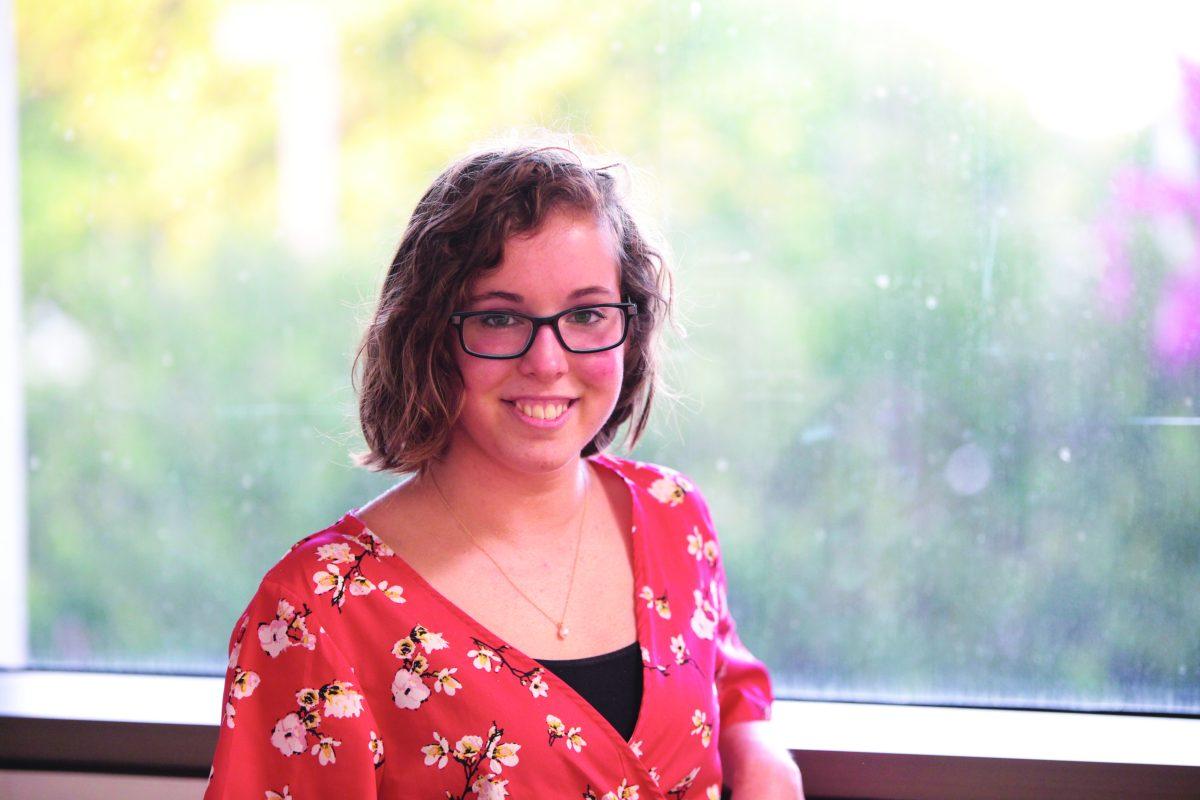Comet combines art history, cognitive science through study abroad research
A UTD undergraduate combined their passions for cognitive science and art history through research at the University of Vienna.
Visual and performing arts senior Rebekah Rodriguez studied abroad in spring 2019 at the University of Vienna’s Laboratory for Cognitive Research in Art History through a scholarship from the International Education Fund.
“I was looking at opportunities for grad school that combined the two fields when I stumbled across the lab on the internet,” Rodriguez said. “I decided to shoot the lab an email and it took off from there.”
Rodriguez’s research was on the project “Belvedere Before and After,” which was presented at the Belvedere Art Museum in Vienna, Austria. In this project, museum visitors were hooked up to mobile eye tracking units and left to explore a controlled portion of the exhibit.
“The eye tracking data we collected on these participants will hopefully give insight into how people perceive artwork within the museum setting,” she said. “Getting an insight from real people in a real museum context gives an entirely different level of validity to the project.”
Rodriguez said her primary role was as an undergraduate research assistant.
“(My research) involved taking a hands-on piece of each of the different projects in the lab,” she said. “I did everything from setting up for data collection in a museum to helping conduct field research.”
The research conducted at the CReA lab will hopefully have a strong impact on the way museum curators and directors set up exhibits and galleries, Rodriguez said.
“If we’re able to inform museum curators on the different tendencies people have when they perceive art, then they’re better able to design shows and exhibitions,” she said. “Additionally, this research can inform art education. Knowing how people observe art in a context like that can help educators form more practical and useful tools for their own students to conduct studies in art history.”
Rodriguez currently works as a research assistant at the Wig Neuroimaging Lab at the Center for Vital Longevity in Dallas. The Wig lab studies human brain aging.
“I love what I do at the Wig lab, but it’s very different than the research I did in Austria. All of my work (at the Wig lab) is done on a Mac, whereas the work I did at the CReA lab was very hands-on,” she said. “I got to interact with participants from multiple different countries who had multiple different perspectives. I found that very interesting.”
After graduation, Rodriguez said she intends to pursue a graduate degree in either cognitive science or neuroaesthetics.





